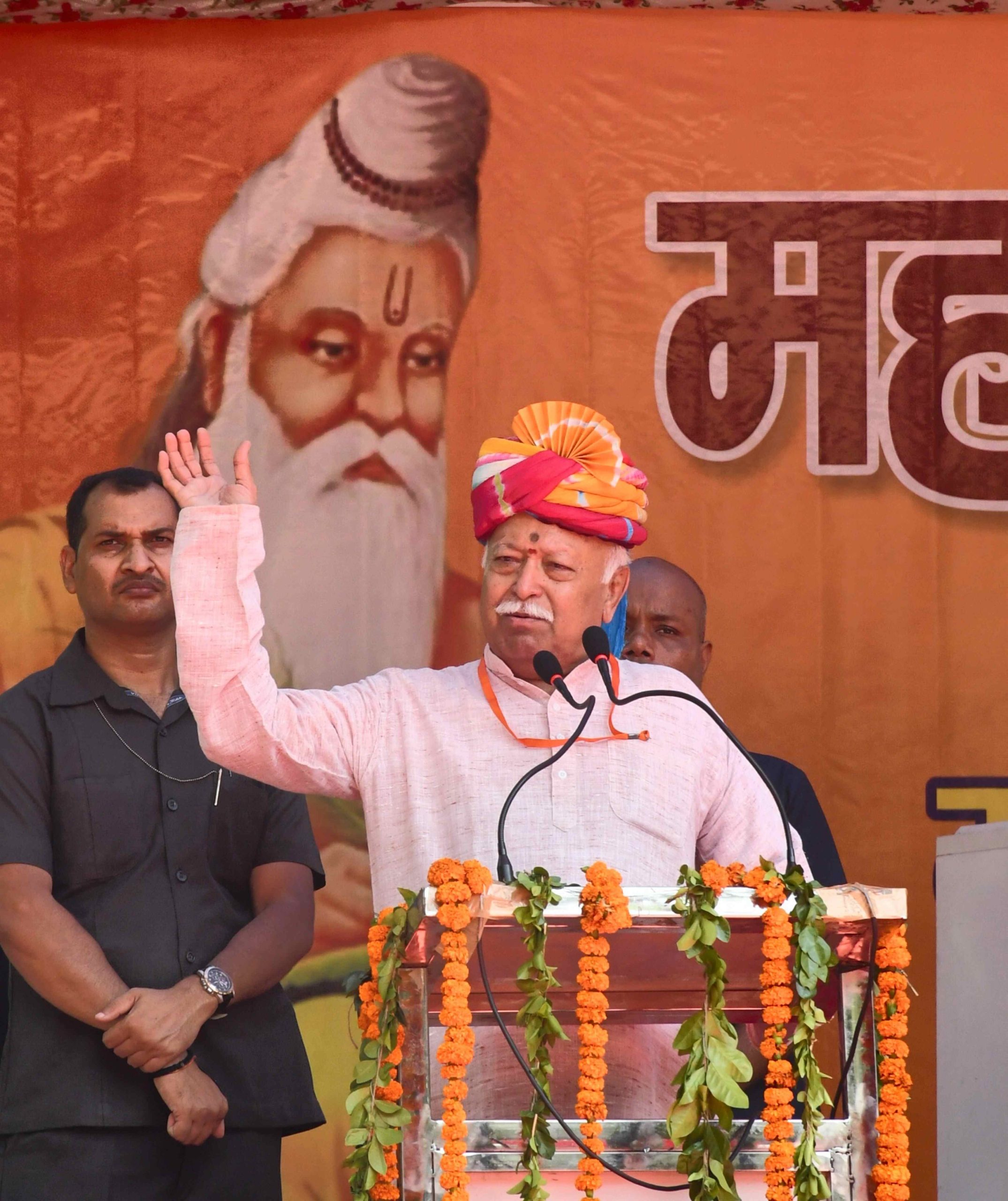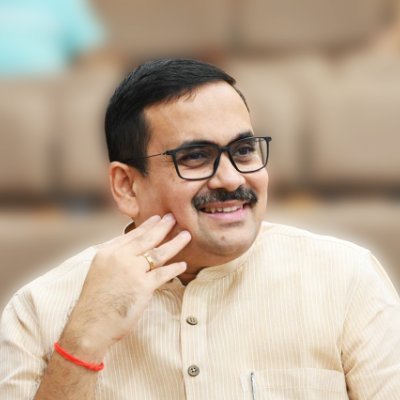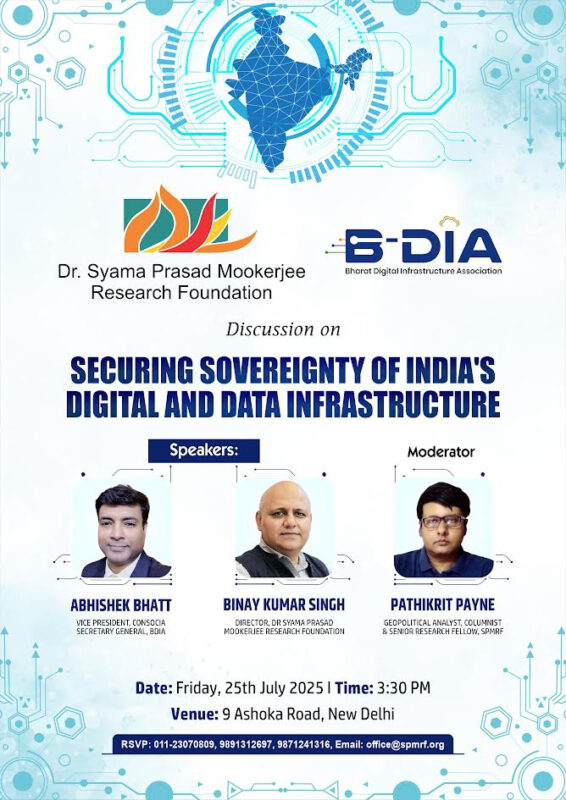While sarsanghchalak’s Vijaya Dashami address inspired swayamsevaks to continue their services towards the nation, it also irked some who defy the ‘India narrative’
The Vijaya Dashami address by RSS Sarsanghchalak is always a much anticipated and awaited occasion. For observers, both national and global, it is an opportunity to further analyse the RSS and to understand and evaluate its worldview and direction. For those in this category, who have made a career by deliberately misrepresenting the RSS, the occasion makes them sit up. It gives them an opportunity to further replenish their arsenal of lies and stock of bogus talk.
For countless Swayamsevaks who constitute the core and essence of the RSS, the occasion, the moment is one of inspiration, renewal and re-dedication. For Swayamsevaks, who have fanned out and dedicated themselves to service-oriented action in varied areas, as varied as disaster relief, cultural conservation, education and scientific research, environmental and climate issues, historical and social science research, women empowerment and mainstreaming the marginalised, the Vijaya Dashami address is also one of contemplation and of spiritual and intellectual self-renewal. Driven by the idea and ideal of a great, vibrant and united India, the occasion for them is sacrosanct and direction-yielding.
For news hunters and agenda drivers, those disconnected from the deeper idea and essence of India, the occasion, however, is often disappointing. Unused to a strong and resilient articulation of India, habitually against the narrative of an Indian dream and vision, having perpetually opposed and stood against any attempts to delineate a civilisational self-recovery for India, these elements have always been disappointed on the occasion of Sarsanghchalak’s Vijaya Dashami address.
This year, as in every, Sangh’s core vision and aspiration for India found comprehensive and inspiring articulation. The need to base our march towards greatness on the strength and power of ‘Matri Shakti’ – women’s power, has always been intrinsic to the social philosophy of the Sangh. It is only the piecemeal analysts and motivated interpreters who have omitted it in their assessment. When Dr Mohan Bhagwat spoke of the Bharatiya tradition of complementarity, of joint action by women and men, he reiterated Sangh’s core belief and approach. When he spoke of how the essence of the Indian approach was for the “empowerment of women in all domains of society, along with their participation and equity in the decision-making process”, he enunciated the view and approach of the Sangh. It was a clear call for national development to be based on an equal footing and participation, leading to a lasting, sturdy and fundamental national growth and transformation. So much for those who have been in the habit of expending reams in trying to explain away Sangh’s imaginary gender bias.
Dr Bhagwat’s call for flexibility, mutual faith and coordination and understanding of the fundamental tenets and ideas that define us as a nation in order to be able to achieve a lasting national strength of self-reliance, was also indicative of the deeper wheels that are now driving our national march. That the quest for national and comprehensive self-reliance had to be a collective and societal quest, came out clearly in his call for unity and equity. In trying to achieve this vision and in attempting to realise this age-old aspiration, obstacles have to be overcome.
The obstacles Dr Bhagwat referred to are those that the Sangh has in fact been addressing and battling against for decades, if not since its inception. The first was ‘conservatism,’, “outdated mores of the past”, Dr Bhagwat argued, had to “be castaway” and new traditions that were in line with “the present times and our nation have to be formulated,” and at the same time one had to be mindful “about certain eternal values that imbue our identity, culture and life principles.” Bhagwat cautioned that faith in them and their practice must remain intact as before.
The other obstacle which had to be concertedly overcome was that of fake and wrong narratives, created by forces and cabals that are inimical to India and are allergic to India’s unity and progress. These elements operate to spread “misperceptions, engaging and encouraging criminal acts” and “fomenting terror, conflict and social unrest are their tactics”, Sarsanghchalak pointed out. For the discerning observer, this was the unalloyed truth which described best the elements that are attempting to besiege the Indian narrative today. The way to confront and eventually decimate these forces was by avoiding “getting trapped in their machinations” and proactively and comprehensively countering these forces.
Dr Bhagwat’s address had many fundamental articulations and centres of thought. He dwelt on the imperativeness of teaching in the mother tongue and the essential Bharatiya approach to education, he spoke of the need for a holistic, comprehensive and affordable healthcare system that “pools varied medical treatment methods from diverse sources for etching out affordable health services that are widely available and shorn off commercial motivations”. He was emphatic on the need to completely obliterate inequality, “the root cause of inequality is in our minds, social conditioning and habitual conduct’ and “without social equity, real and stable transformation is not possible.” Sarsanghchalak argued that “at the social level unless temples, water sources and cremation grounds are open to all Hindus – till such time talk of equality will be a mere pipe dream.” Striving for social equity has been one of Sangh’s foremost and most consistent and robust social actions. RSS’s action, in this arena, as perpetuated through its Swayamsevaks and affiliates has been unmatched and relentless.
Dr Bhagwat also spoke of the crucial issue of population and family system, both cardinal issues that need to be dwelt upon especially if India is to eventually emerge as a civilisational state towards the end of Amrit Kaal in a quarter century. Dr Bhagwat cautioned on the need to preserve and perpetuate the “central edifice of our society – the ‘family system’ as a counter to societal nuclearization and its concomitant negativities that are making dents in the overall national and societal health index.
The other dimension was that of population imbalance, a ‘question of great importance.’ Sarsanghchalak articulated the issue directly, drawing attention to the long-term effects of such an imbalance, excruciatingly experienced once, 75 years ago in India. In the 21st century, he pointed out how three new countries had come into existence “East Timor, South Sudan, Kosovo” as a result of “population imbalance in certain territories of Indonesia, Sudan and Serbia.” It was thus evident that “population imbalances” led to “change in geographical boundaries. The imbalance also grew not only because of a difference in birth rate but also through “conversions by force, lure or greed” and infiltration. “Population control and religion-based population imbalance”, Dr Bhagwat pointed out, “is an important subject that can no longer be ignored.” The reality, the uncomfortable truth for many, who know of this challenge but for obvious reasons obfuscate its reality, was articulated. An aspiring and rising civilisational power can no longer ignore these factors which, if left unaddressed, may severely hamper or impede its march.
Each Vijaya Dashami address in fact exposes the fallacies and false assessments that are appended to the RSS. With each address, the RSS’s worldview gains ascendancy, its undiluted and undistracted commitment to India’s rise and her civilisational reinstatement become evident and clear. Naturally for those who strive to omit the India-first agenda from their working and worldview, the Sangh’s ideals and philosophy has always been disconcerting. Sarsanghchalak’s earnest and candid articulation of the RSS’s stand and approach to our collective life again dispelled and exposed a number of hollow assessments of the Sangh, “self-defence and defence of our own become a duty”, he said, “for everyone against those who spread hatred, commit injustice, atrocity, engage in acts of hooliganism and enmity towards society. ‘Neither threaten nor get threatened,’ this kind of Hindu society is a need of the present times. This is not anti-anybody. Sangh has a steely resolve to stand on the side of brotherhood, amity and peace.”
It is a position that the RSS has been articulating and actualising for nearly a century, despite motivated opprobrium, despite opposition, despite attempts to uproot it. Its roots are too deeply embedded in the essence of India, its worldview and aspirations for India now clearly moving on a path of irreversible realisation.
The writer is a member of the National Executive Committee (NEC), BJP, and the Director of Dr Syama Prasad Mookerjee Research Foundation. Views expressed are personal
(The views expressed are the author's own and do not necessarily reflect the position of the organisation)



